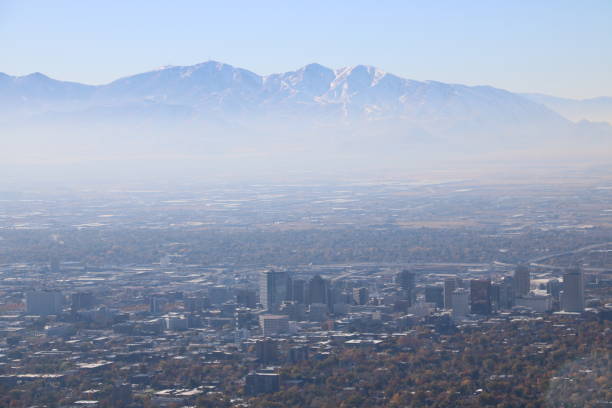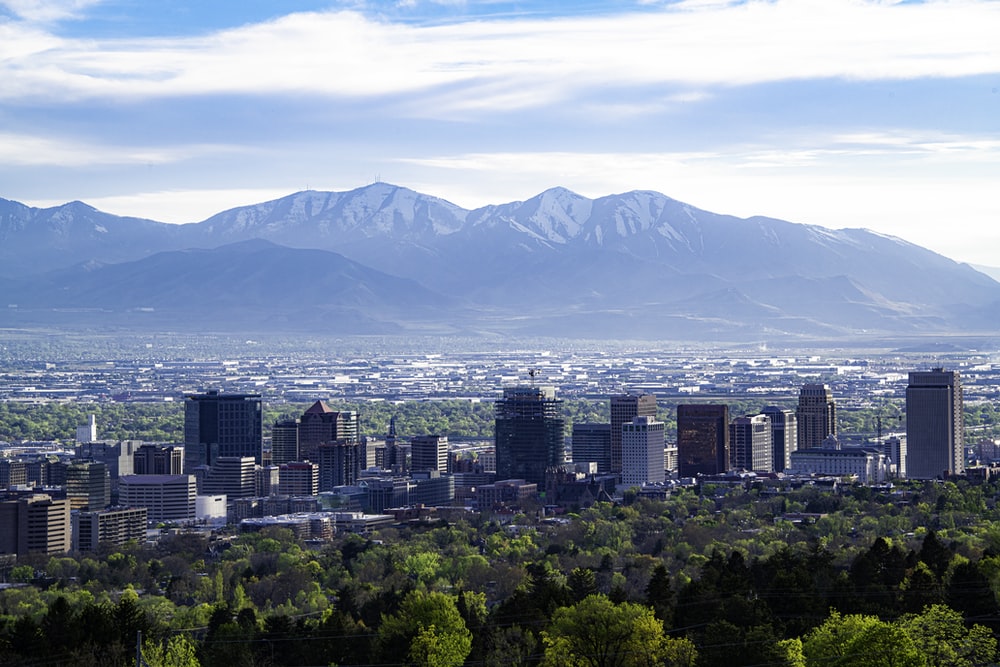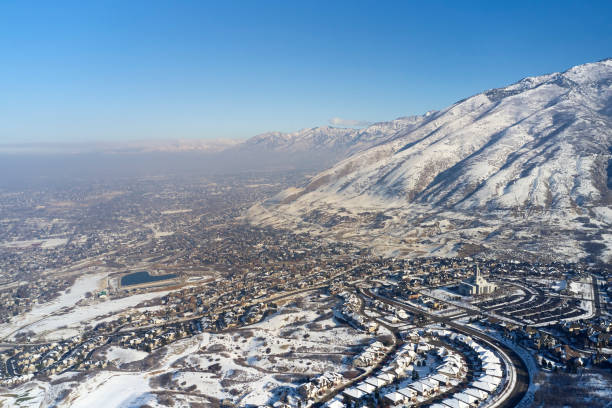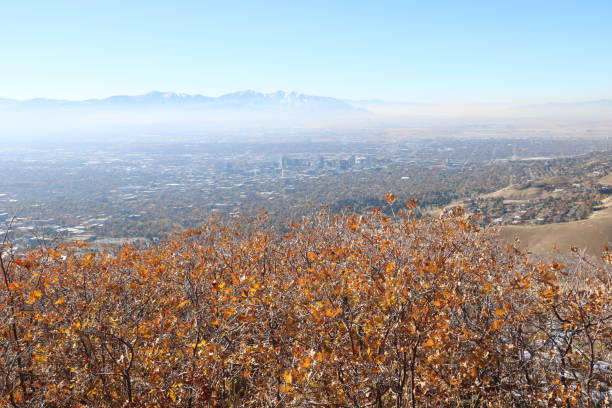
(PC: Salil Bhatt)
If you’ve ever been in Salt Lake City during the winter long enough, you know about its nasty air quality – its gross inversion layer that you often can’t see through but can smell, taste, and even feel.
IQAir, a Swedish research company, ranks Salt Lake City as the 94th metropolitan city with the worst air quality in the world. IQAir is constantly researching and tracking air quality across the world. Their goal is to provide the public with daily air quality rankings.
Salt Lake City’s low air quality levels can be attributed to a variety of factors that are dependent upon the current time of year. In the summer, the level of ozone in the atmosphere is directly related to the amount of fuel pollution, light pollution, and high gas emissions found in the atmosphere. High temperatures are another major variable affecting the area’s air quality.
High levels of ozone can be detrimental to a person’s health. The EPA says ozone can “inflame and damage the airways,” making breathing deeply and completing daily tasks more difficult. Because of these negative effects on a person’s health, The EPA warns people to avoid high ozone levels whenever possible.

(PC: Brent Pace)
In the winter months, the factors affecting air quality are completely different. Because Salt Lake City sits in a valley, the area is uniquely affected by wind circulation patterns which cause cold air to become trapped under a layer of warm air. The warm air acts like a lid, essentially microwaving Salt Lake City. The Salt Lake City government says this is causing particulate pollution levels to double daily.
Particulate pollution occurs because of an excessive amount of particulate matter found in the atmosphere. When there are extreme levels of particulates in the atmosphere, a blanket of smog covers the beautiful Salt Lake City skyline. Residents find it difficult to do anything outside without feeling the negative effects on their health. Exposure to high levels of particulates will induce short-term health effects that greatly affect people suffering from heart conditions, asthma, or other lung diseases.
The Salt Lake City government has made great strides in the effort to reduce air pollution levels. They are currently implementing new rules and ordinances on transportation companies and energy companies to lower the city’s CO2 and particulate matter levels. The city also pledged to provide 100% clean electricity to the city by 2040. In the following video, Sustainability Director Vicki Bennet explains and highlights the success of Salt Lake City’s Climate Positive 2040 initiative:
http://https://www.youtube.com/watch?v=54OIjLLNvls
Unfortunately, the pressing issue to improve air quality is chronic. The initiatives that Salt Lake City’s government has implemented are working, but not entirely.
Sebastian Hoch, a Research Assistant Professor from the University of Utah, says that some meteorological variables that affect air quality levels are out of our direct reach of influence. The accumulation of particulate matter, for example, is favored under certain circulation patterns. This meteorological component of air pollution cannot be changed with human influence. Hoch also says that there is likely a correlation between fewer powder days and higher levels of particulate pollution.
Because some variables affecting air quality are out of human control, everyone in Salt Lake City must be mindful of their carbon footprint.
The Nature Conservancy says a carbon footprint is the “total amount of greenhouse gasses (including carbon dioxide and methane) that are generated by our actions.” A person can lower their carbon footprint by lowering their electricity consumption, taking fewer connecting flights, utilizing public transportation and carpooling, line drying clothes, eating less meat, and using less non-recyclable materials. If each person in Salt Lake City reduced their carbon footprint, there is no doubt that the air quality would increase and pollution levels would drastically decline.

PC: Rich Legg
Another researcher, Logan Mitchell, Ph.D., says that we can reduce ozone levels in Salt Lake City by reducing the amount of daily traffic on the roads. Mitchell has been researching to better understand the processes controlling emissions, transport, and chemistry of trace greenhouse gasses in the Salt Lake City area. Amidst the COVID-19 pandemic, Mitchell found that the air quality in Salt Lake City improved due to a 40-50% reduction in traffic. The massive decrease in traffic immediately reduced nitrogen oxide and nitrogen dioxide emission levels, significantly improving air quality. Mitchell says that reducing traffic will improve the air quality in Salt Lake City in both summer and winter.
Mitchell explains the importance of maintaining this reduction in traffic pollution in his research.
“Future actions to improve air quality could yield immediate results,” Mitchell says. “Recent improvements in air quality from a ~40-50% reduction in traffic are what would be expected all the time if 40-50% of cars were electric.”
As traffic resumes back to its normal level, the importance of investing in electric vehicles is even more apparent. If Salt Lake City continues to keep its gas emissions at this level, then the air quality will hopefully continue to improve. We must all work together to fix “Smog Lake City” so that we can all keep shredding powder in Utah. If we don’t stop polluting the air, then Salt Lake City will only continue to get worse.

(PC: Salil Bhatt)
I got out of utah after the 2002 olympics fiasco.
When I arrived there in 1977 the air was bad and only got worse.
It will continue to get worse if they keep the same fools in government as they have always had.
Most of those fools live above the smog or flee the valley at 5pm.
Because too many people have moved there. Was out cragging there last summer, met others also climbing, all were from back east. Stop moving west, we’re crowded already.